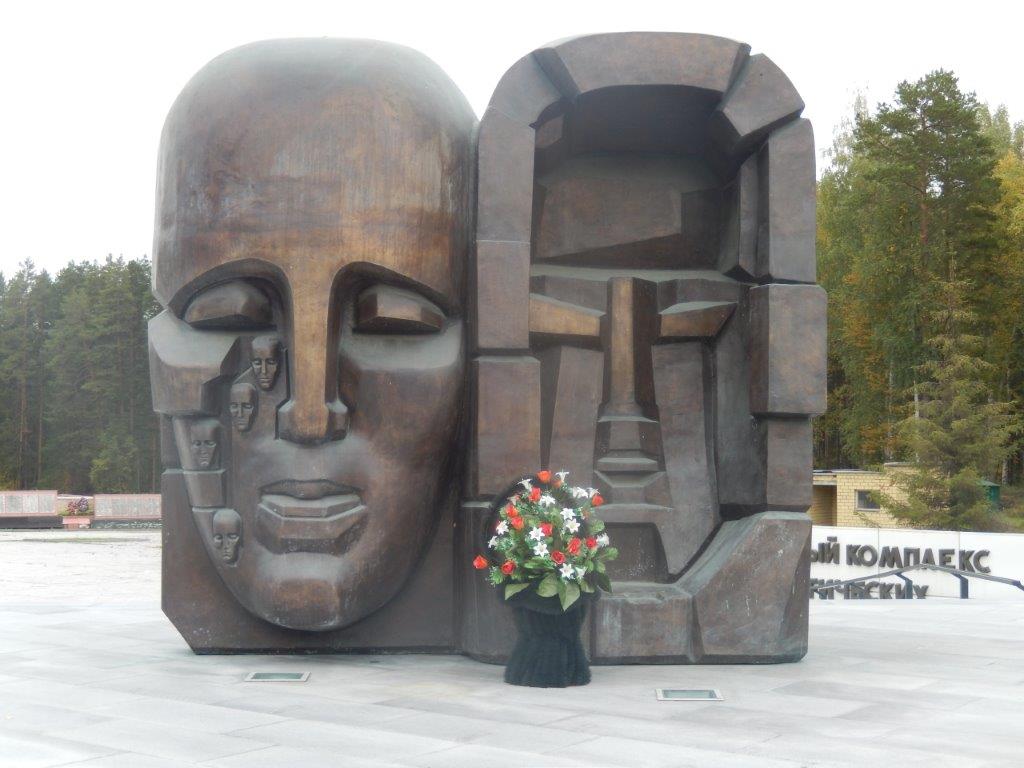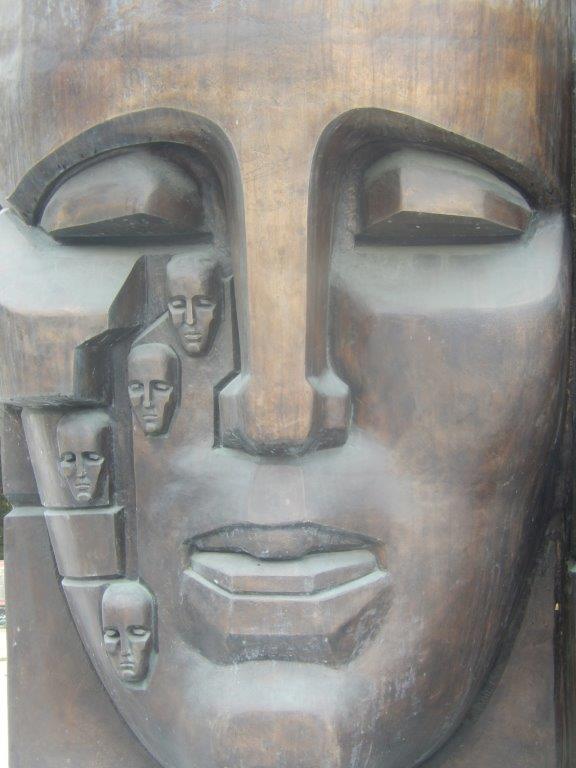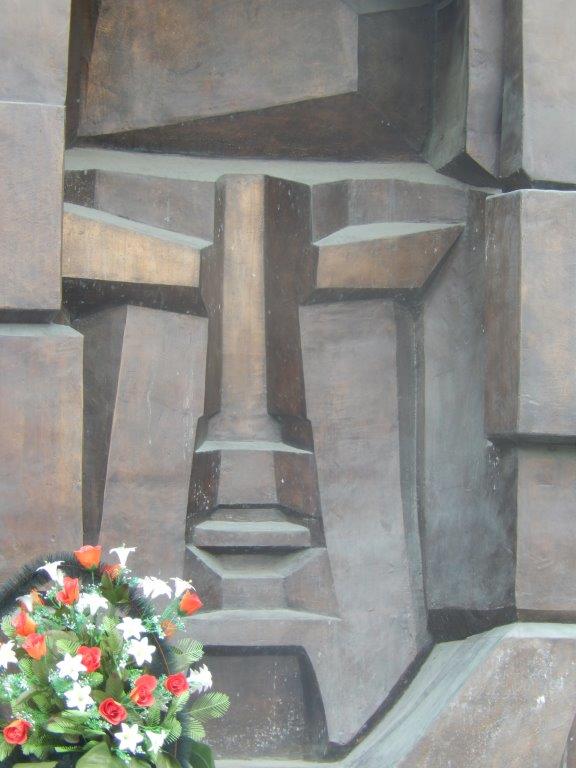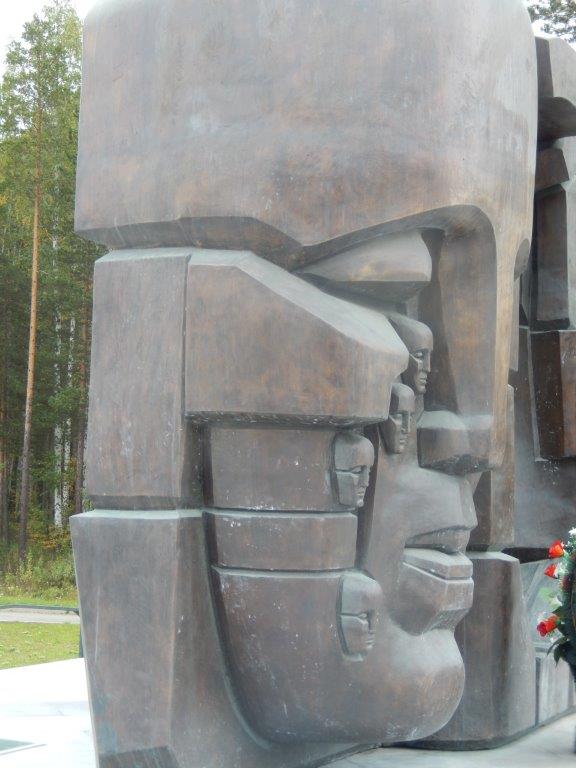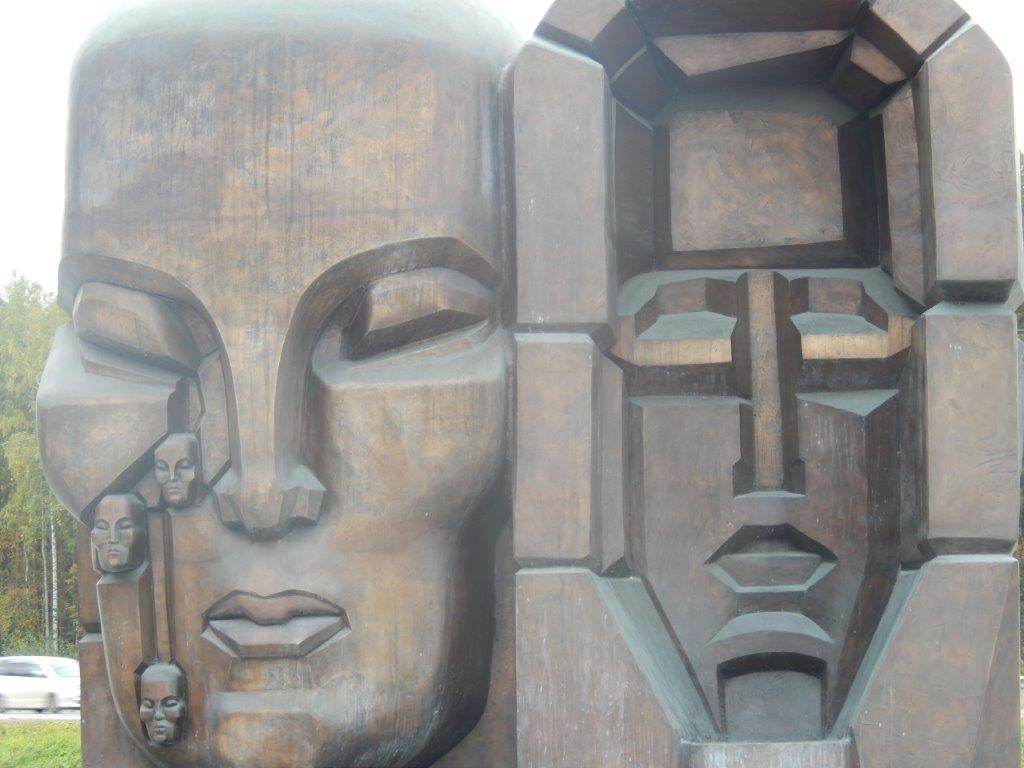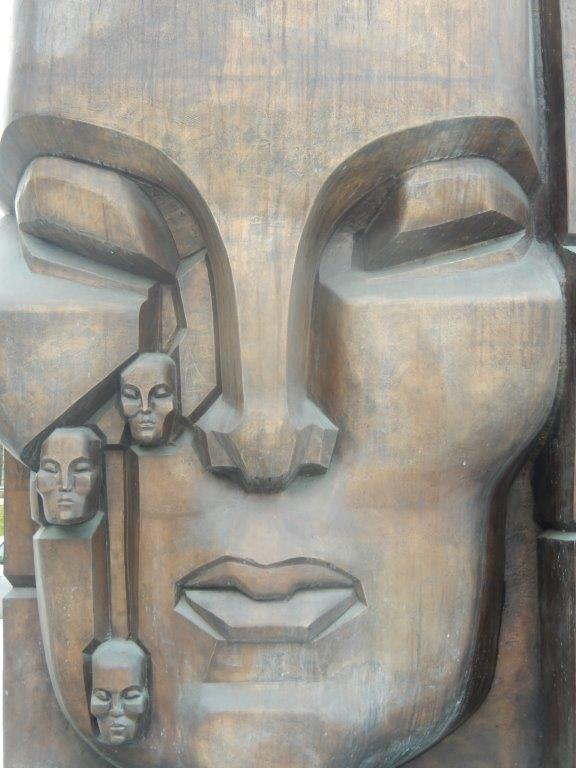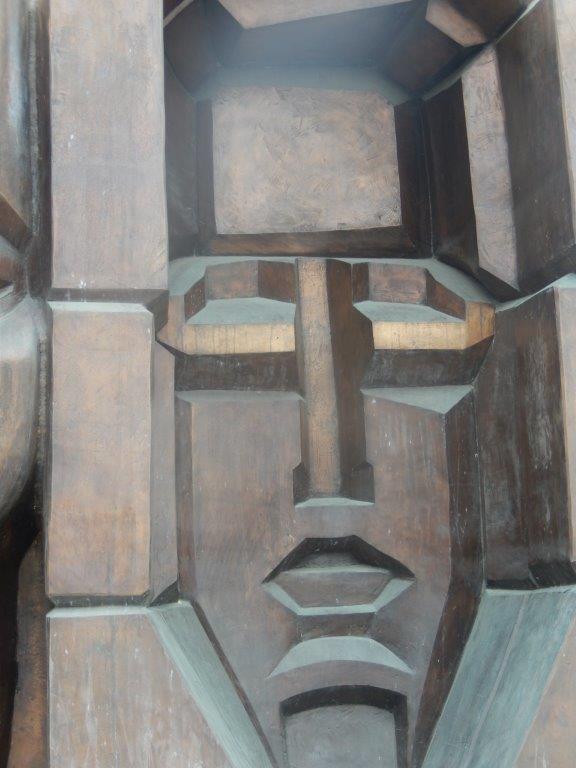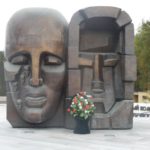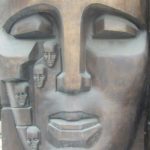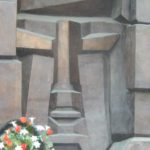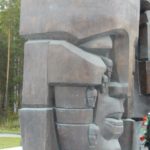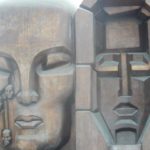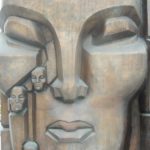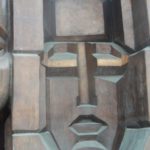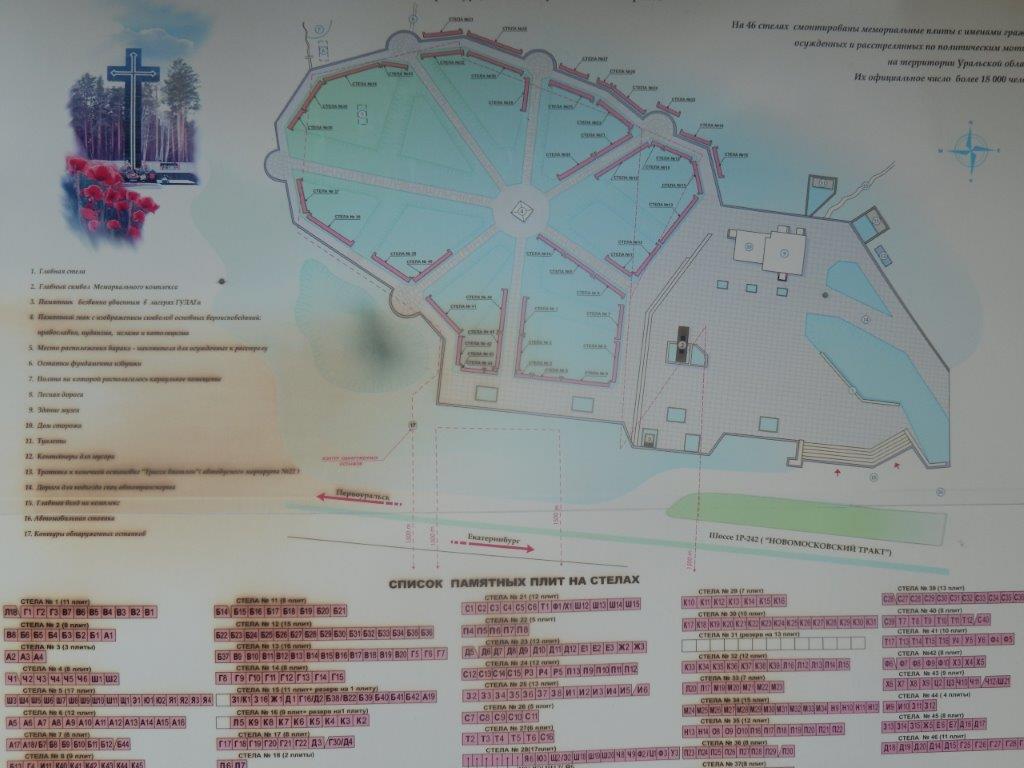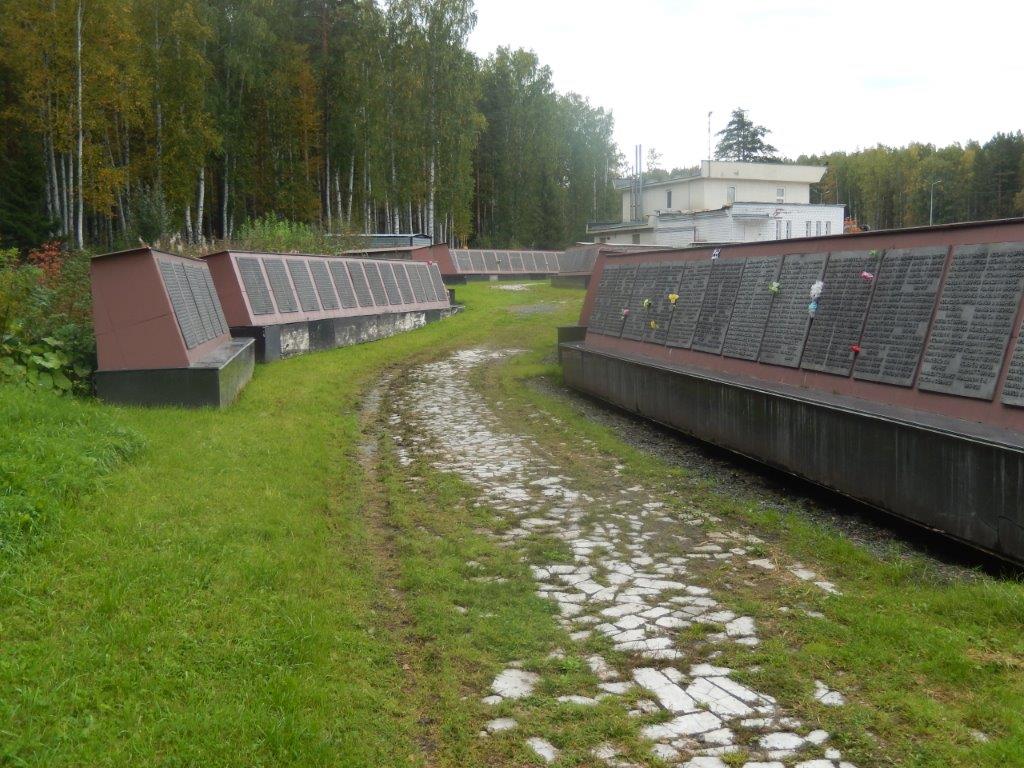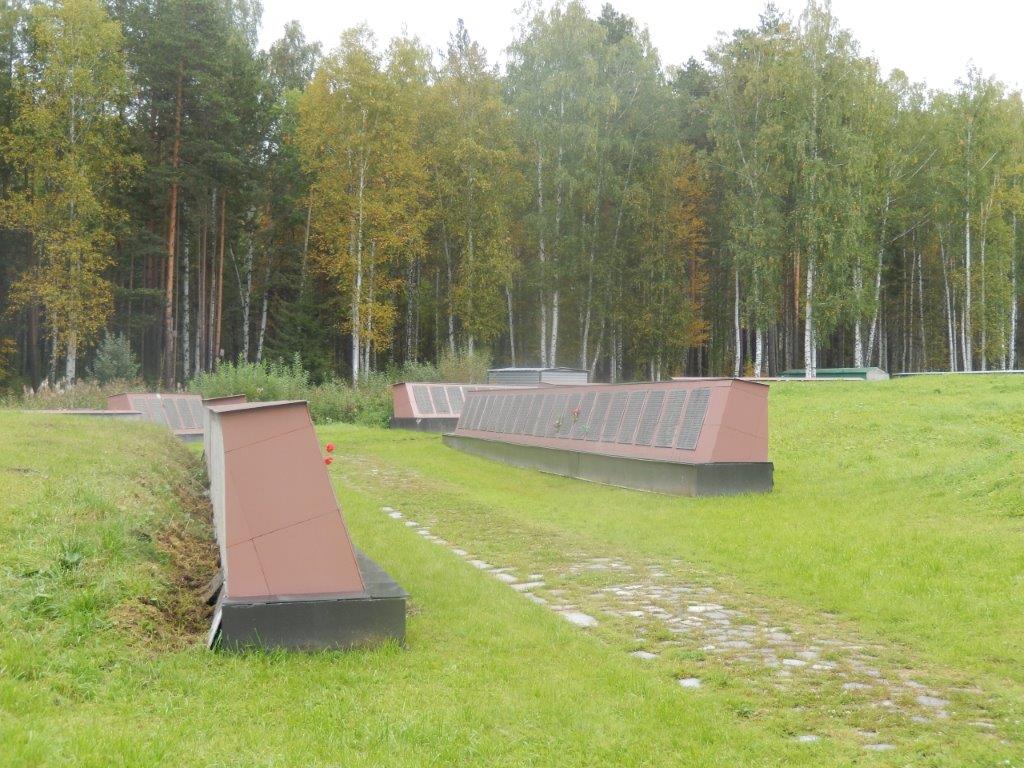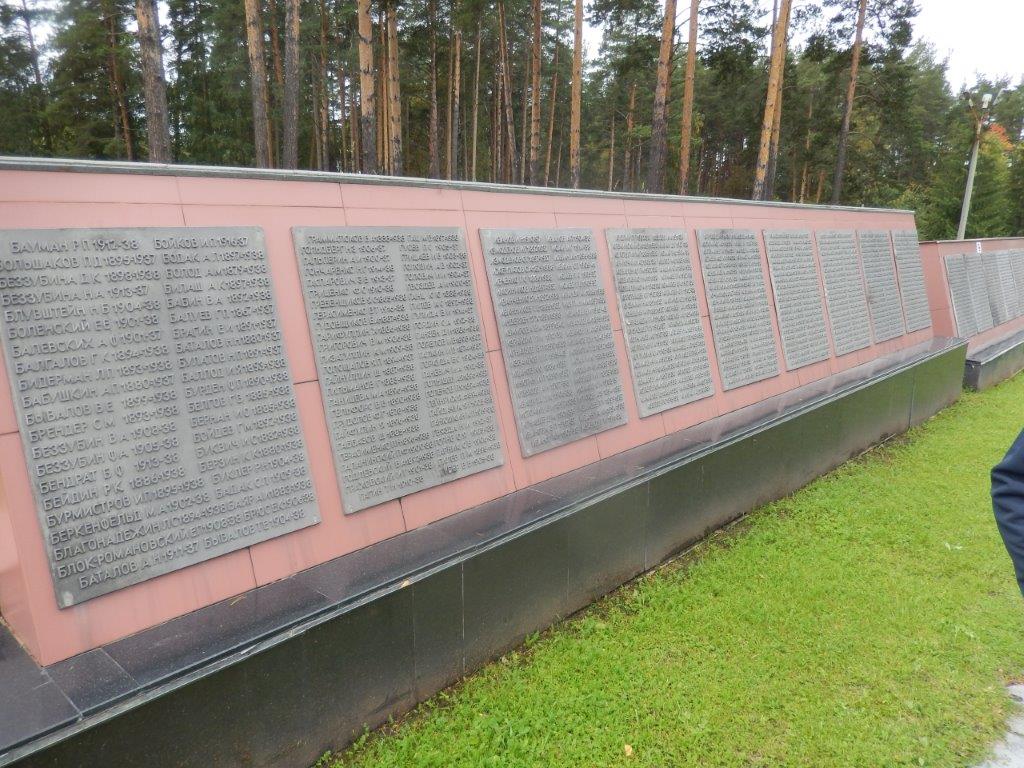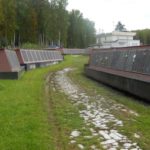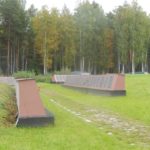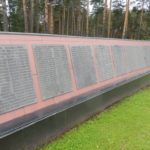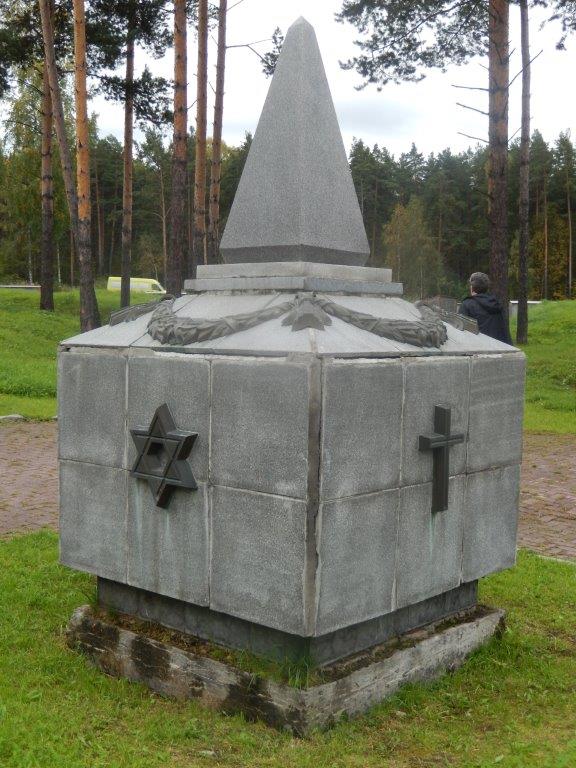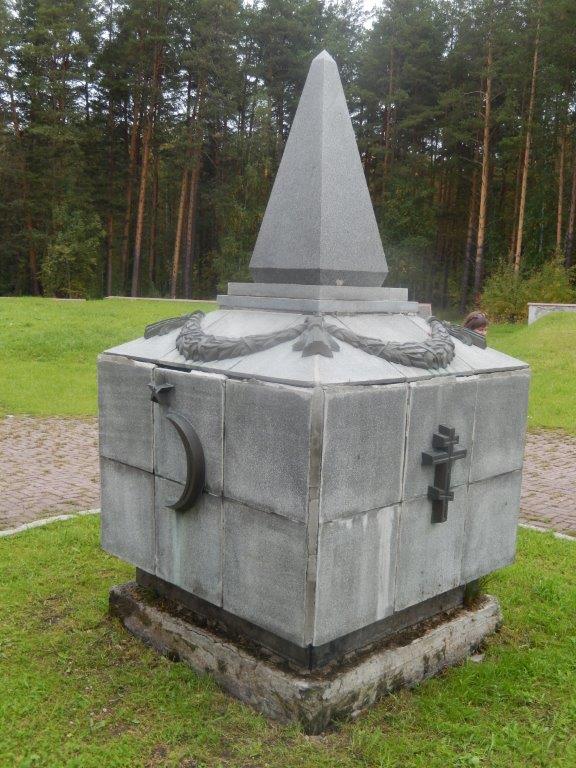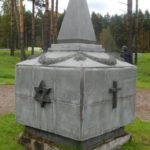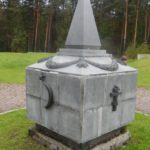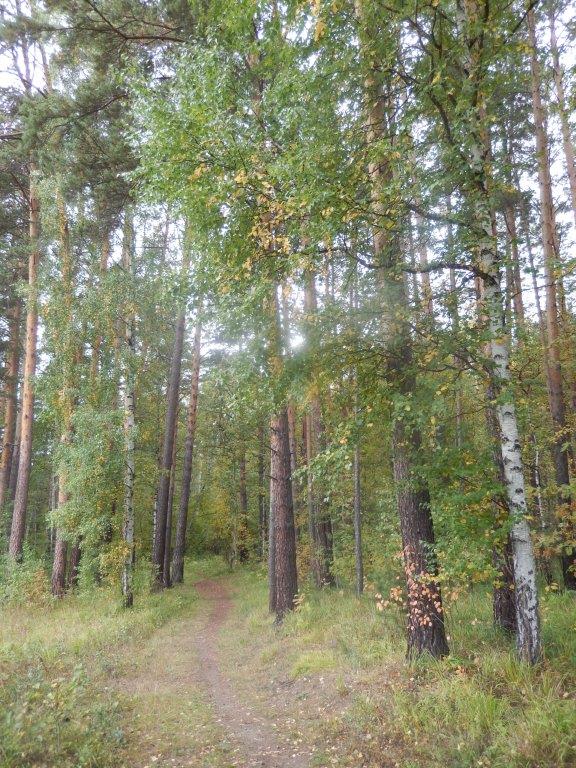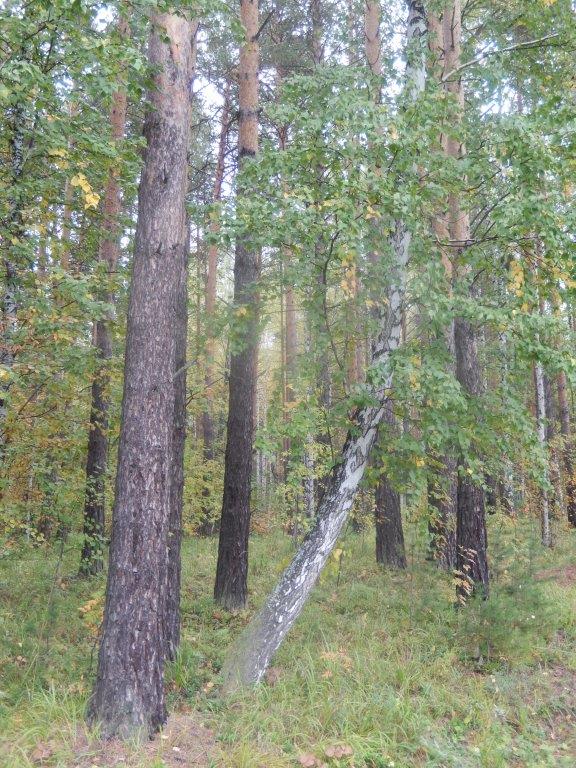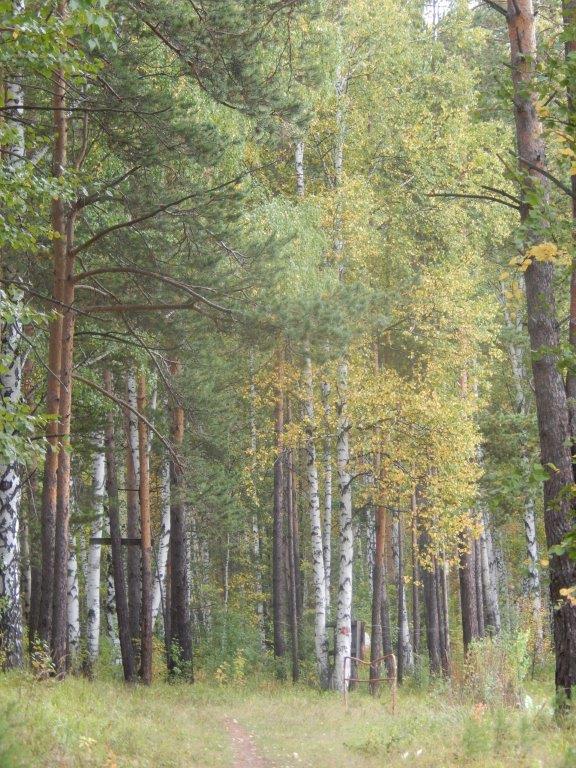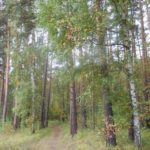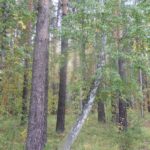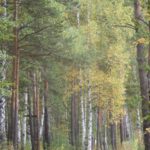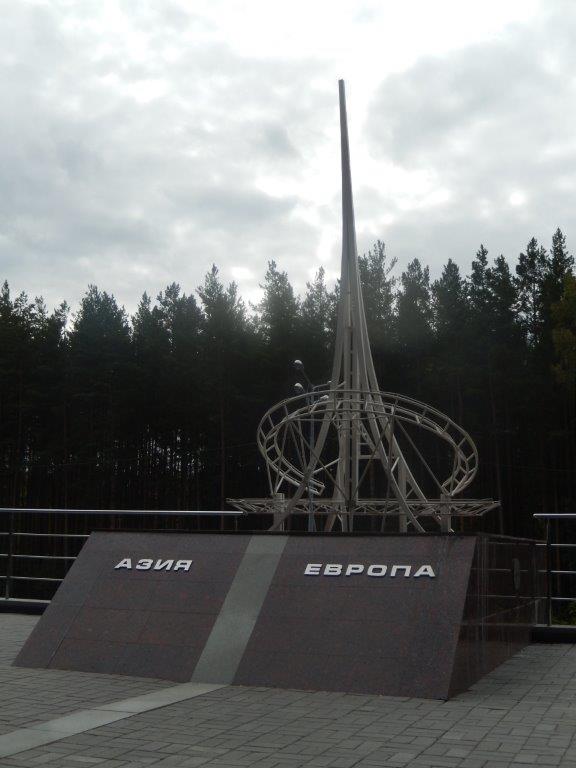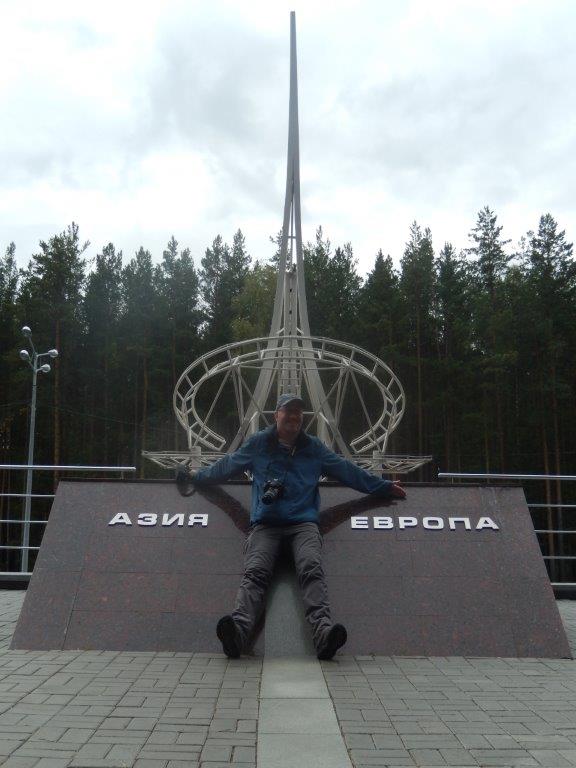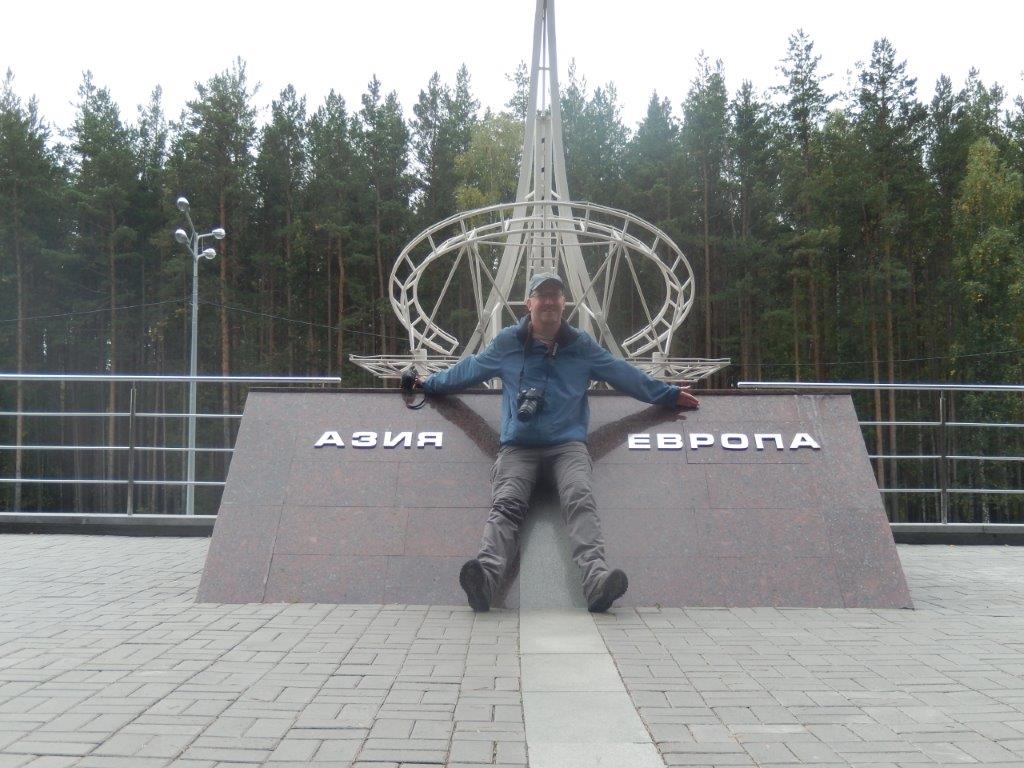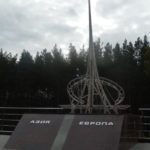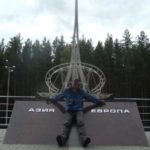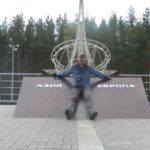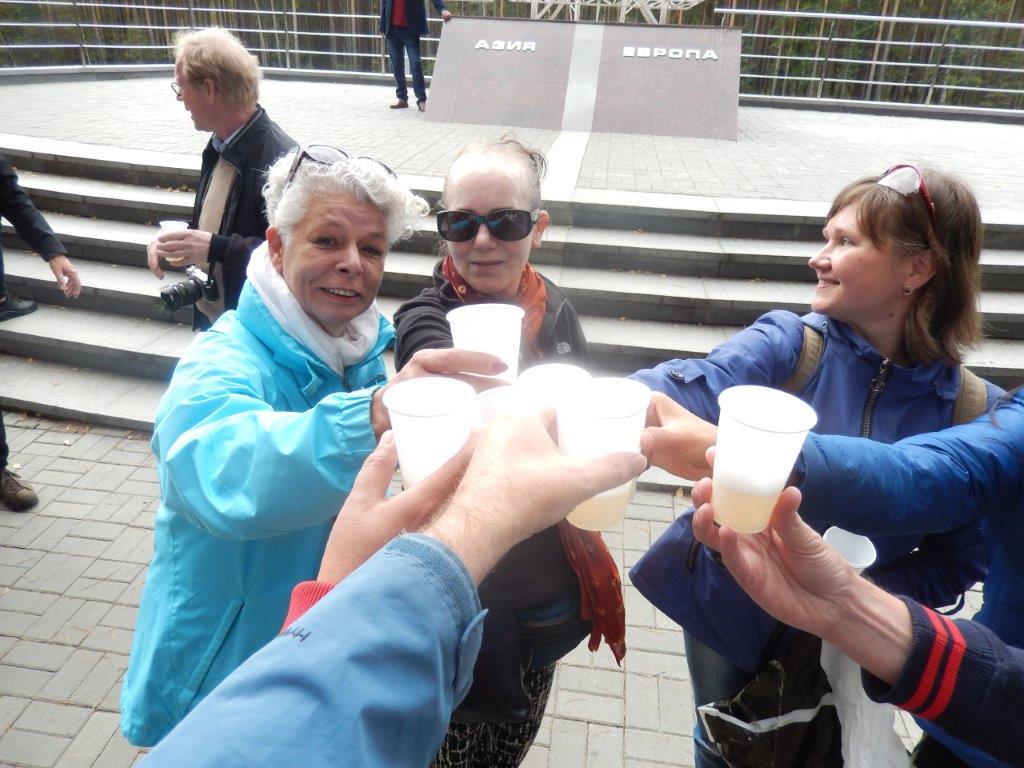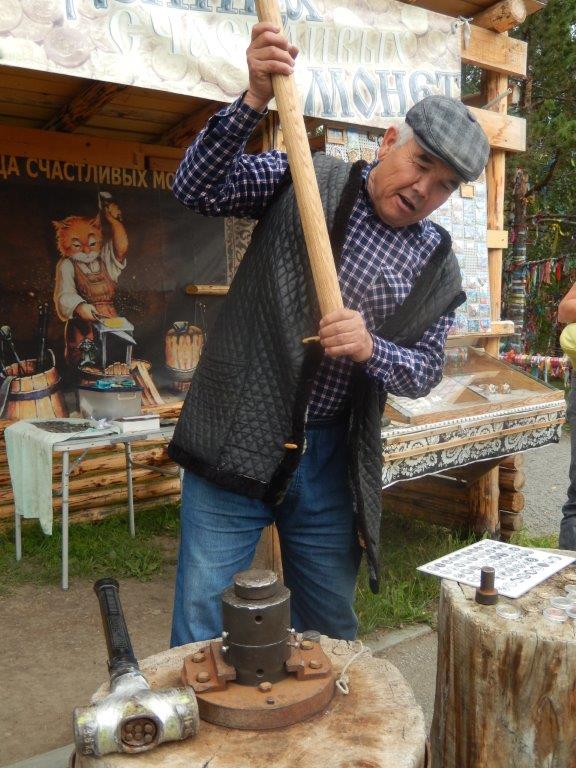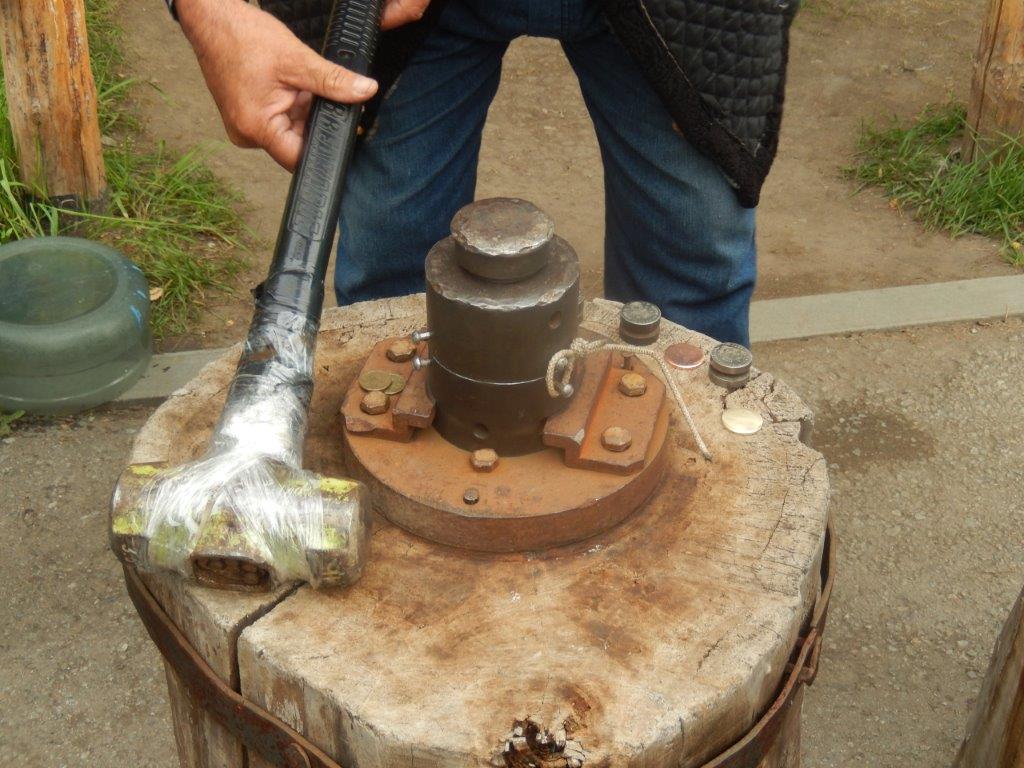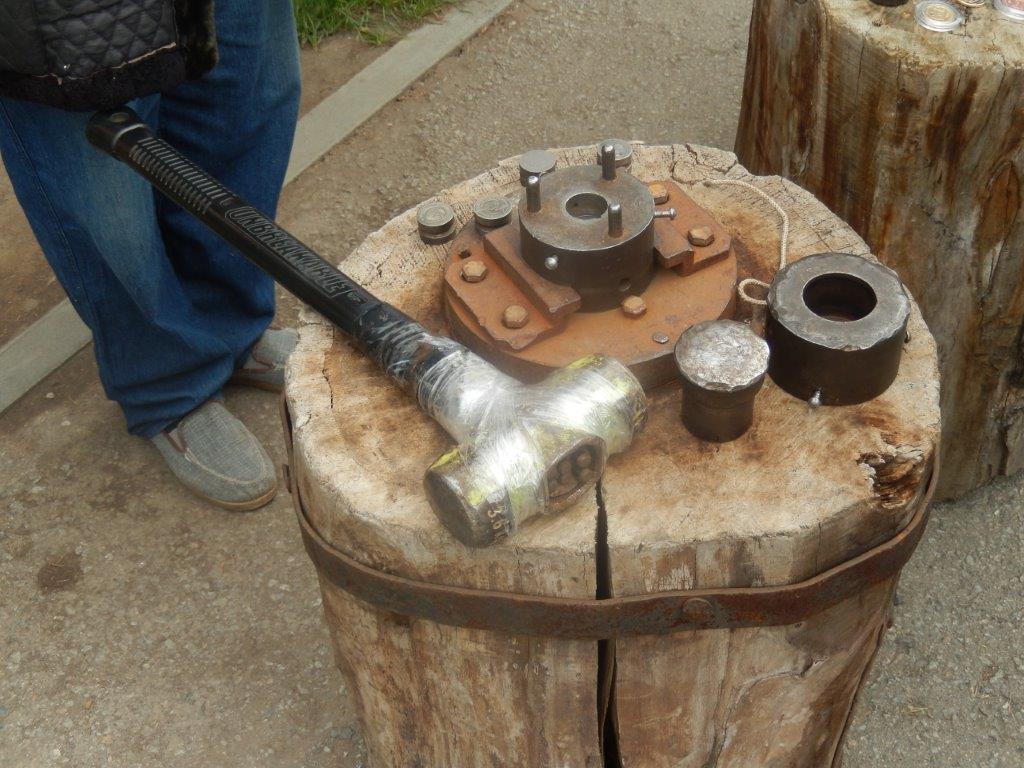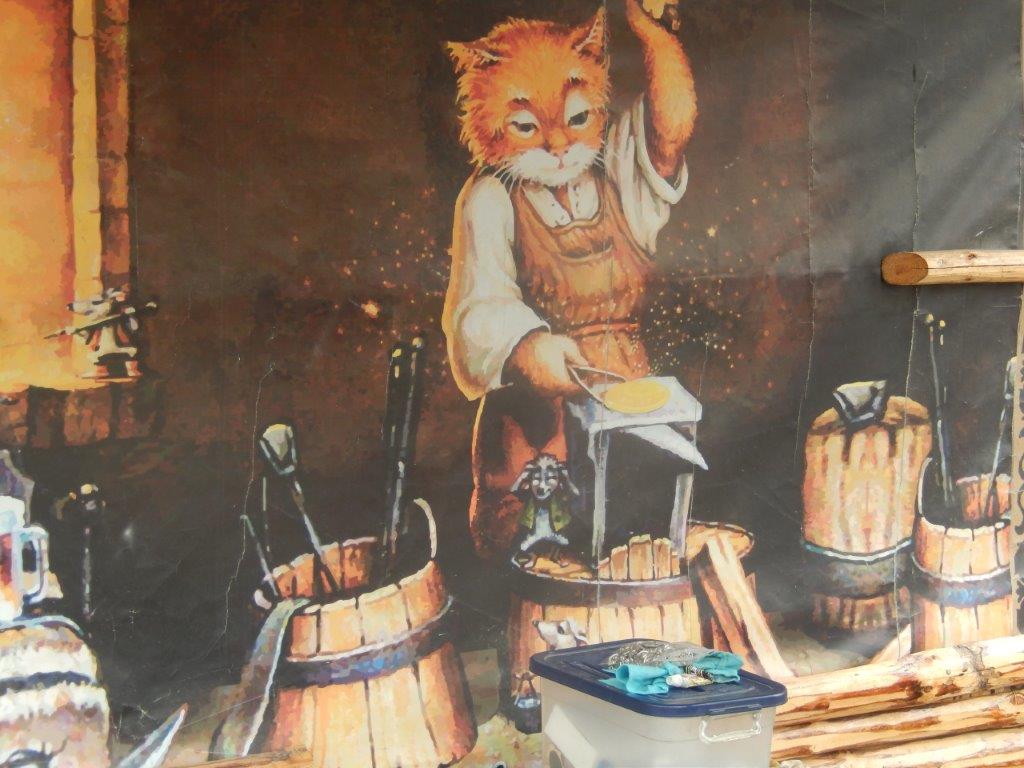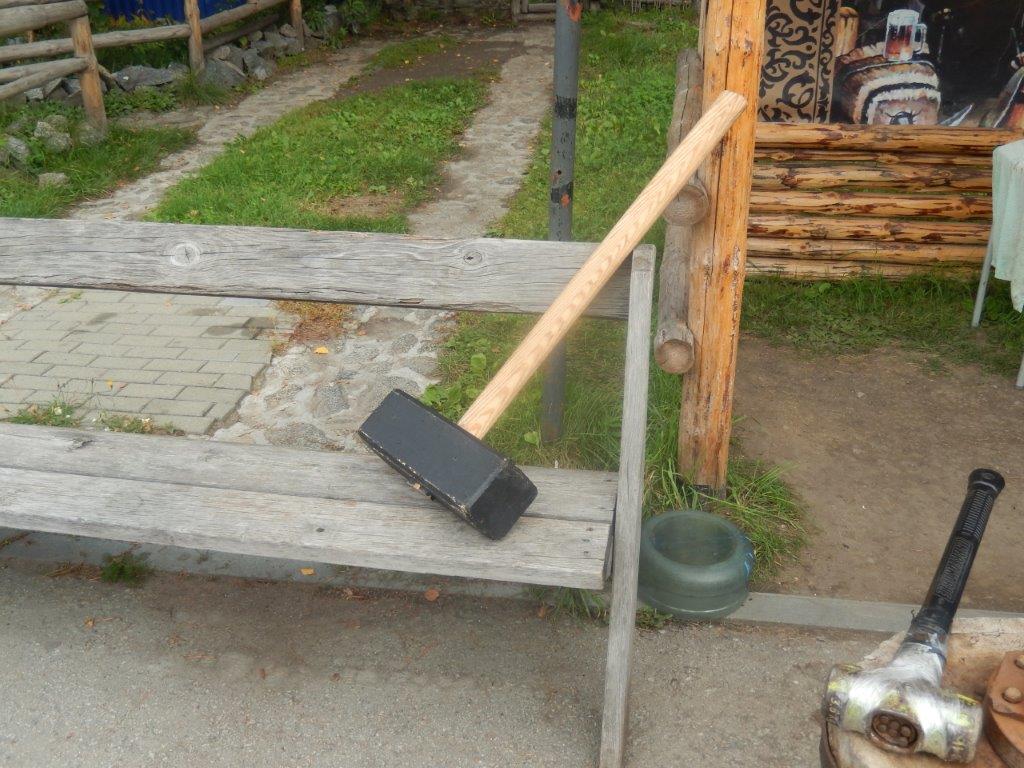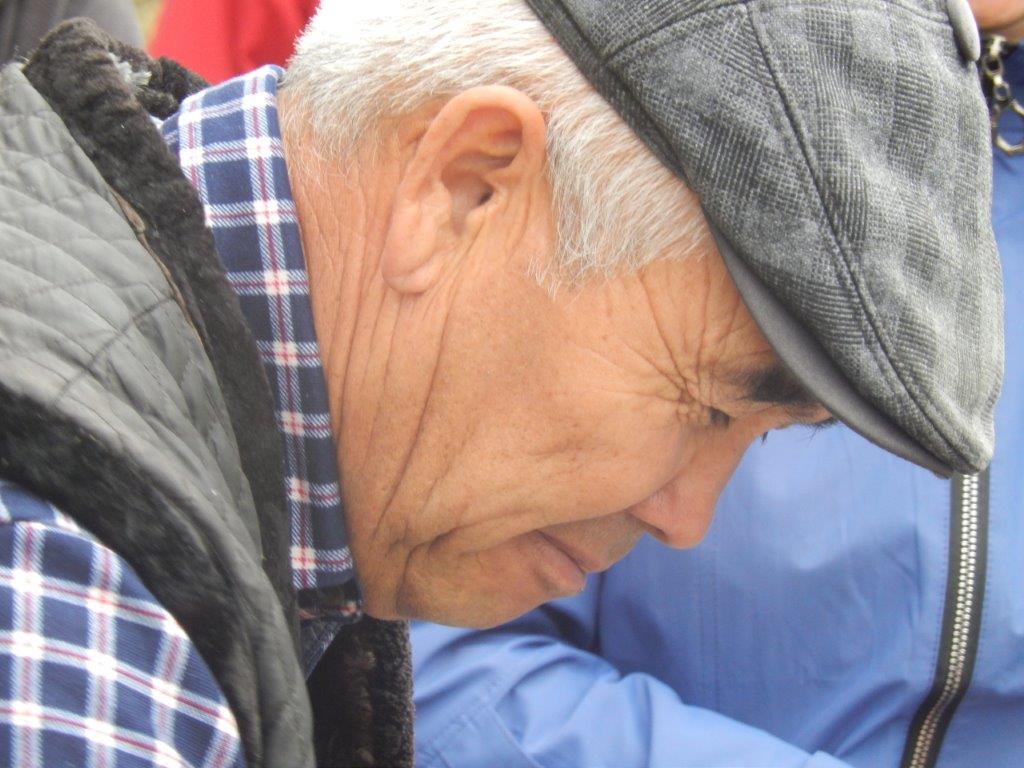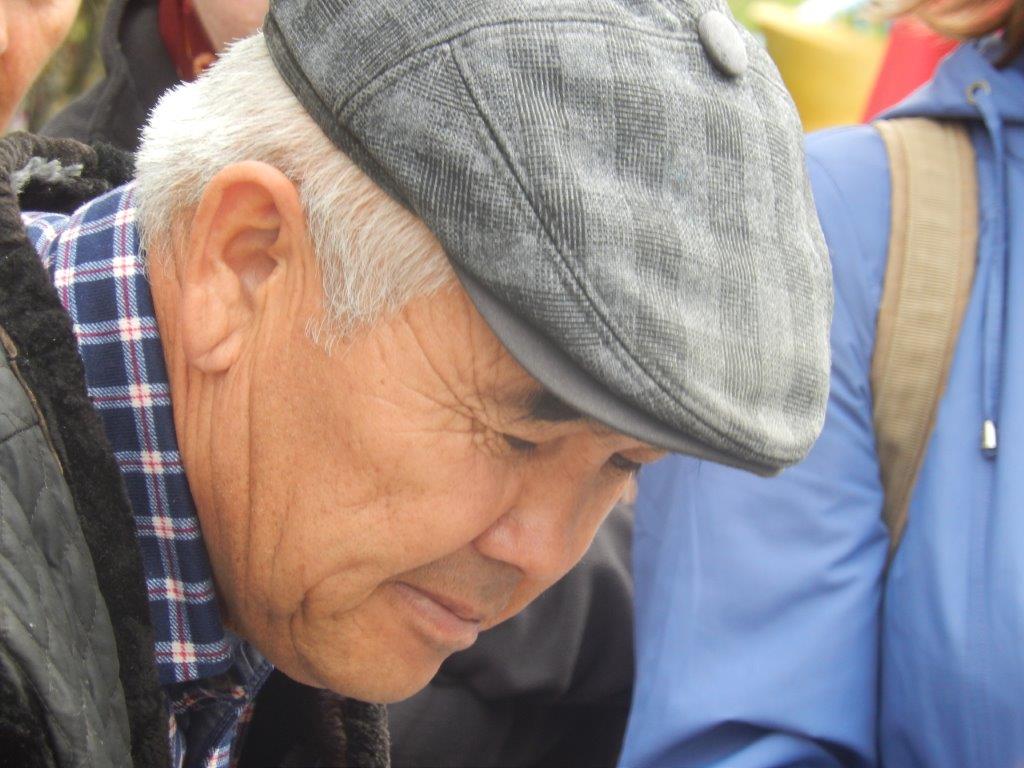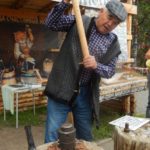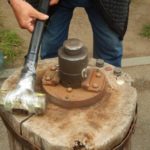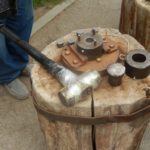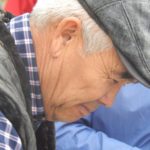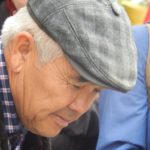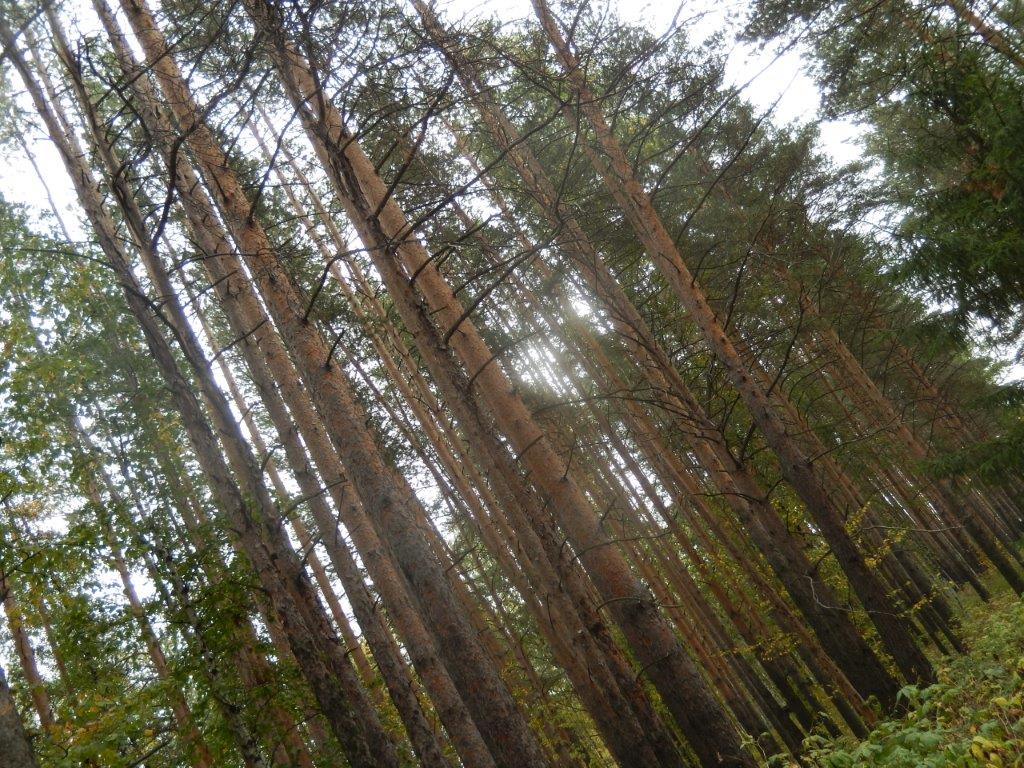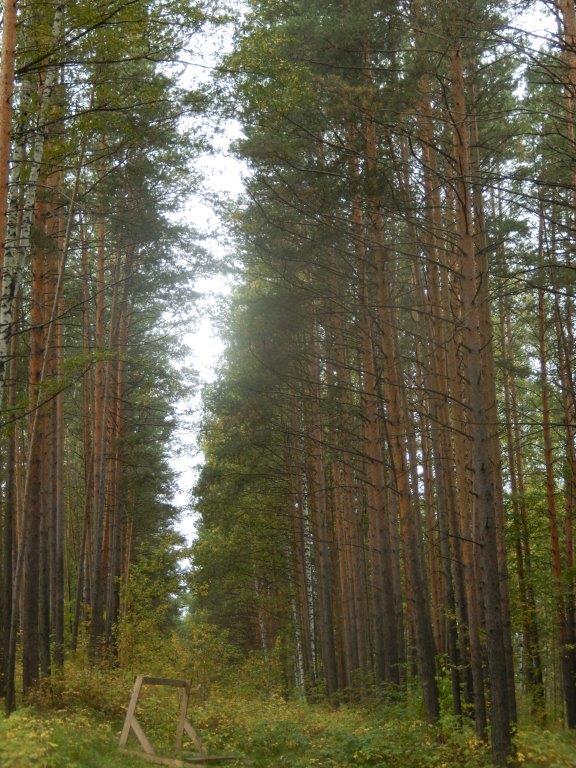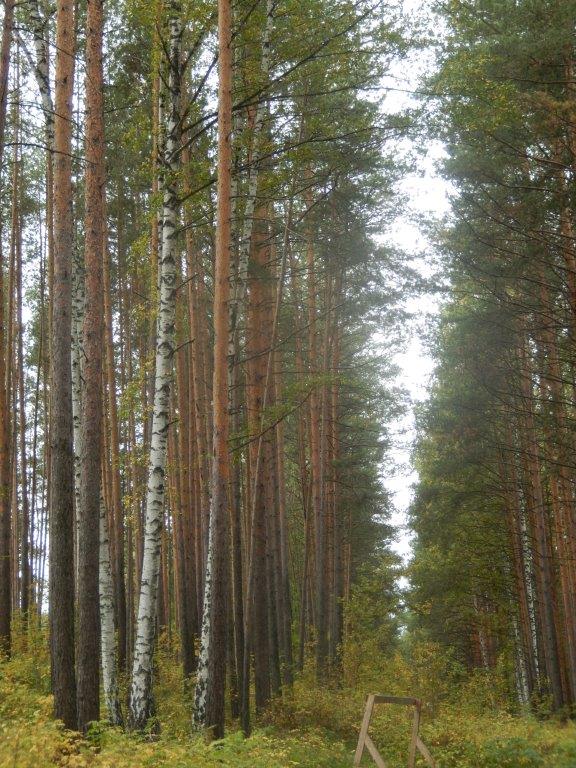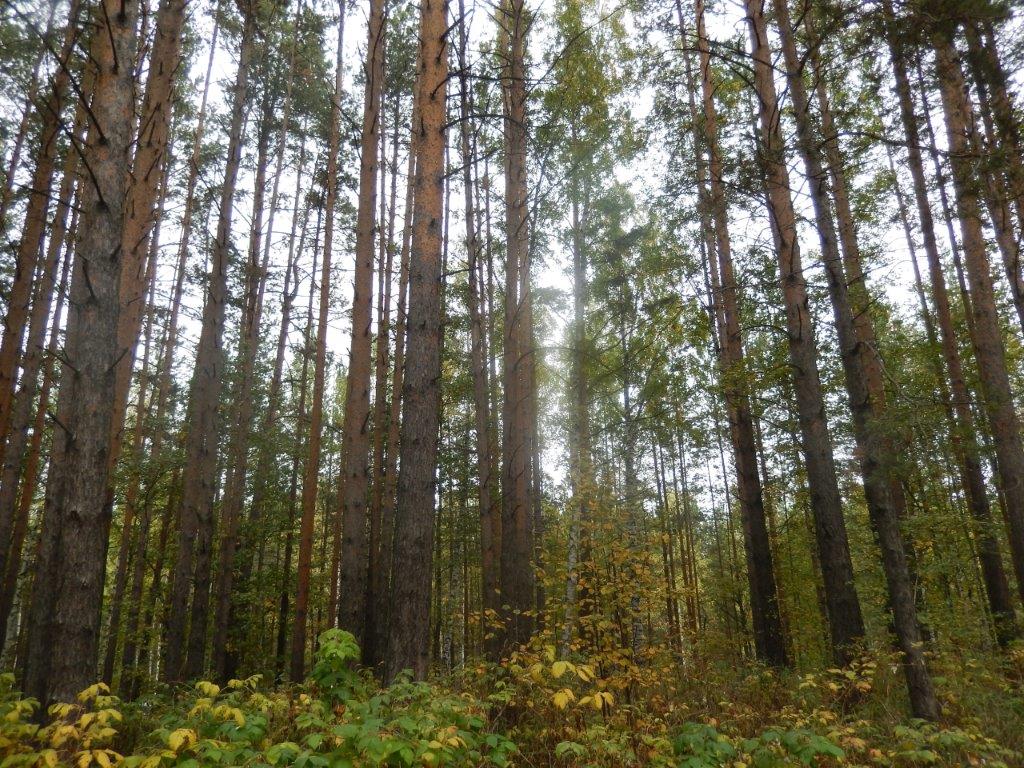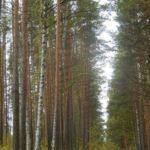Short roadtrip through the Ural Mountains
After a quick shower and breakfast, The Wandelgek joined a tour into the Urals, (which are like low hills instead of mountains in this area).
With a small bus we drove to a place that commemorated all Russian victims of the Stalin era of repression…
Totalitarian state, repression and the Gulag
If you do not agree with your government, you are their enemy! That is what it is like to when living under a totalitarian regime.
It is also tbe main difference with a democracy, where alternate opinions are voiced, valued and even incorporated whenever enough people think they make sense.
.
In Russia governed by Lenin and Stalin, people with alternate opinions were send to Gulag camps which were work and re-educating camps spread all over Russias vast territory. Most feared were the Siberian Gulag camps where people lived under the worst conditions of hard labour, extreme cold and famine.
.
But times have changed in Russia. After Stalin died, the Gulag archipelago was quickly abandoned and through the years the system did get allow more freedom of thought for individuals. It is absolutely not a Western democracy, but we should keep in mind that there was substantial change too.
The Gulag archipelago
In the central Russian city of Yekaterinburg, a memorial to the Stalin-era repressions has been unveiled. It is titled “Masks of Sorrow.” Its two weeping faces — one facing Europe, the other Asia — symbolize repentance and respect for the victims of the Stalin era…
We are here very near the borders of Europe to the West and Asia and Siberia to the East. After the revolution, that got the Communist party of Vladimir Lenin in power, Lenin ordered the set up of a new government agency named Gulag, which was in charge of the Soviet network of forced-labour. It reached its peak during Joseph Stalin’s rule from the 1930s to the early 1950s. English-language speakers also use the word gulag to refer to all forced-labour camps that existed in the Soviet Union, including camps that existed in the post-Stalin era. The camps housed a wide range of convicts, from petty criminals to political prisoners. Large numbers were convicted by simplified procedures, such as by NKVD troikas or by other instruments of extrajudicial punishment. The Gulag is recognised as a major instrument of political repression in the Soviet Union.
In 1918–22, the agency was administered by Cheka, followed by the GPU (1922–23), OGPU (1923–34), later by the NKVD (1934–46), and in the final years by the Ministry of Internal Affairs (MVD). The Solovki prison camp, the first corrective labor camp constructed after the revolution, was established in 1918 and legalised by a decree, “On the creation of the forced-labour camps” on April 15, 1919.
The internment system grew rapidly, reaching a population of 100,000 in the 1920s. According to Nicolas Werth, the yearly mortality rate in the Soviet concentration camps strongly varied, reaching 5% (1933) and 20% (1942–1943) while dropping considerably in the post-war years (about 1 to 3% per year at the beginning of the 1950s). In 1956 the mortality rate dropped to 0.4%. The emergent consensus among scholars who utilize official archival data is that of the 18 million who were sent to the Gulag from 1930 to 1953, roughly 1.5 to 1.7 million perished there or as a result of their detention. However, some historians question the reliability of such data and instead rely heavily on literary sources that come to higher estimations. Archival researchers have found “no plan of destruction” of the gulag population and no statement of official intent to kill them, and prisoner releases vastly exceeded the number of deaths in the Gulag.
Almost immediately following the death of Stalin, the Soviet establishment took steps in dismantling the Gulag system. A general amnesty was declared in the immediate aftermath of Stalin’s death, though it was limited to non-political prisoners and political prisoners sentenced to not more than 5 years. Shortly thereafter Nikita Khrushchev was elected as General Secretary of the Communist Party of the Soviet Union, initiating the processes of de-Stalinization and the Khrushchev Thaw, triggering a mass release and rehabilitation of political prisoners. The Gulag system ended definitively six years later on 25 January 1960, when the remains of the administration were dissolved by Khrushchev. The legal practice of sentencing convicts to penal labour, though restrained, was not fully abolished and continues to this day, although to a far more limited capacity, in the Russian Federation.
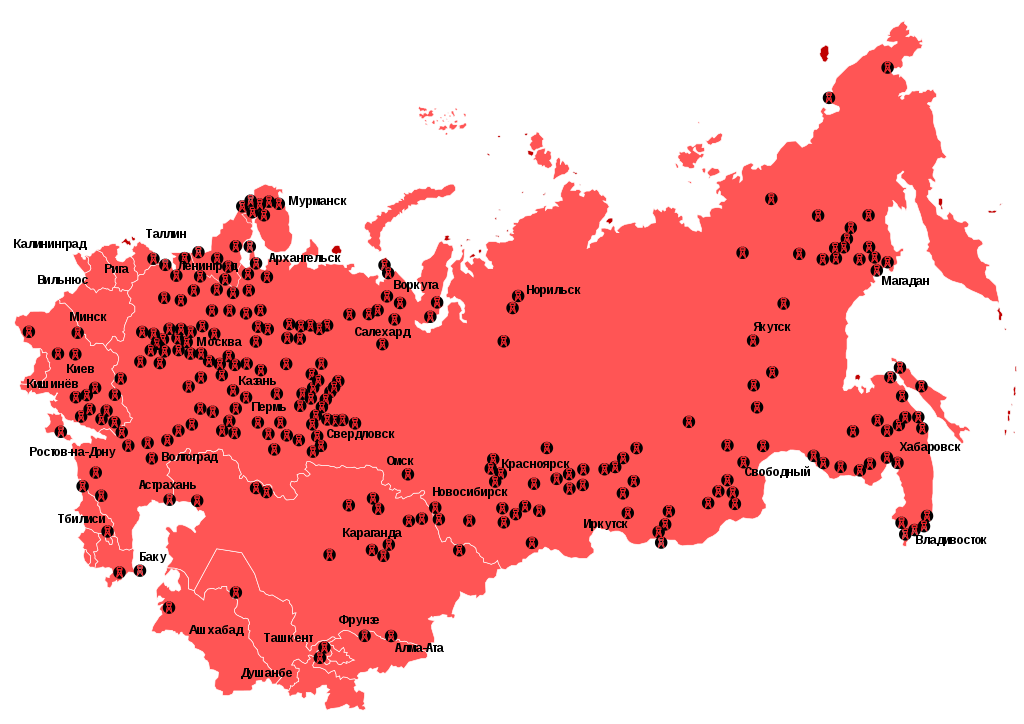
Antonu / CC BY-SA (https://creativecommons.org/licenses/by-sa/3.0) The location of gulag camps is quite similar to how Russia is populated, with the exception being Siberias north and far east and European Russias north, where there are more camps in less populated areas. Lots of camps can be found around Moscow, Leningrad, Ukrain and south of the Trans Siberian Main Line, in the ex soviet states of Central Asia.
Aleksandr Solzhenitsyn, winner of the Nobel Prize in Literature, who survived eight years of Gulag incarceration, gave the term its international repute with the publication of The Gulag Archipelago in 1973. The author likened the scattered camps to “a chain of islands,” and as an eyewitness he described the Gulag as a system where people were worked to death. In March 1940, there were 53 Gulag camp directorates (colloquially referred to simply as “camps”) and 423 labour colonies in the Soviet Union. Many mining and industrial towns and cities in northern and eastern Russia and in Kazakhstan such as Karaganda, Norilsk, Vorkuta and Magadan, were originally blocks of camps built by prisoners and subsequently run by ex-prisoners.
Memorial for Gulag victims
The Masks of Sorrow monument, is located at the Memorial Complex for the victims of Political repression…
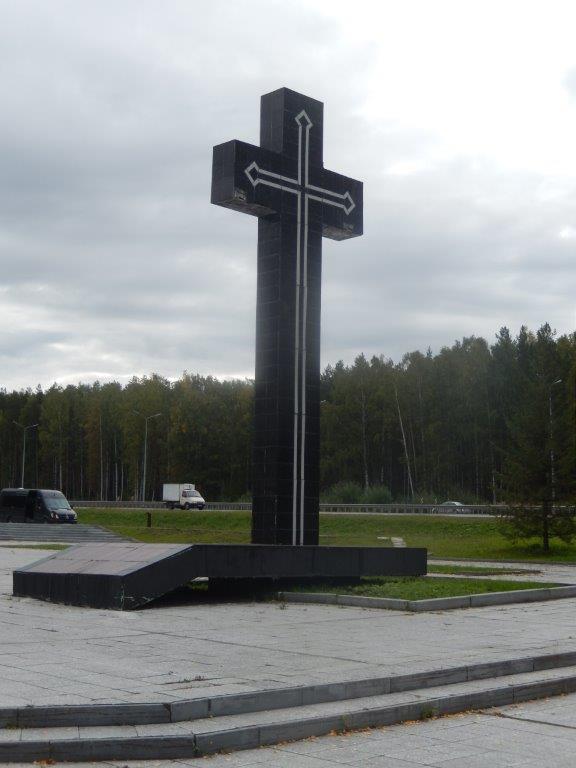 Victims names are engraved on plates which are attached to stone consoles, forming galleries around a small obelisk like monument in the center. Not all pathways surrounding the obelisk are bordered by victim name covered stone consoles yet. But the floorplan does allow future expansion of the amount of victim names. Problem is that estimates of the amount of victims vary widely depending on who is asked.
Victims names are engraved on plates which are attached to stone consoles, forming galleries around a small obelisk like monument in the center. Not all pathways surrounding the obelisk are bordered by victim name covered stone consoles yet. But the floorplan does allow future expansion of the amount of victim names. Problem is that estimates of the amount of victims vary widely depending on who is asked.
This monument is decorated on four sides by the four symbols of the large religions: Christianity/Roman Catholicism, Orthodox Christianity, Islam and Judaism which represent the Russian population…
Taiga 1
The Wandelgek walked a bit through the beautiful taiga forest which surrounded the monument.
The border between Europe and Asia
Then the bus drove to a special place. The true border between Europe and Asia…
The Wandelgek had been a true Eurasian for a brief moment. The Ural Mountains are seen as the border between Europe and Asia. To the west of the Urals lies European Russia, the cradle of the Russian culture. To the east lies the vast land of Siberia.
Crown prince, later czar Alexander II, visited one of the three monuments on the Europe Asia borderg in 1837 and famously drank one glass of champaign, something The Wandelgek repeated after him.
There was an old man forging coins to commemorate the visit…
Taiga 2
Before returning to Yekaterinburg there was still a bit of time for a brief stroll into the surrounding taiga forest…
The next part of The Wandelgek’s visit to the area was a beautiful walk through Yekaterinburg and a journey through its history as well…

